LED filament based seven-segment displays
Recreating vintage and unique hardware using modern components
Recreating vintage and unique hardware using modern components
To make the experience fit your profile, pick a username and tell us what interests you.
We found and based on your interests.
|
Standard Tesselated Geometry - 58.87 kB - 12/04/2021 at 14:26 |
|
|
|
Standard Tesselated Geometry - 81.33 kB - 12/04/2021 at 14:26 |
|
|
|
Standard Tesselated Geometry - 56.72 kB - 12/04/2021 at 14:26 |
|
|
|
Standard Tesselated Geometry - 231.53 kB - 12/04/2021 at 14:26 |
|
|
|
AutoCAD DXF - 3.06 kB - 12/04/2021 at 14:35 |
|

While the PCBs looked nice, they didn't quite have the contrast to read them in daylight. The filaments chosen were delicate too; remember, they're made with ceramics! A case was in order, and I wanted it to fit some of the design features I saw in minitrons, like a product number being debossed into the case's side. Using Fusion 360, I made a simple case that the PCB inside and is secured using M2 screws tightened to het set inserts. I added some blocking inside to better focus the glow of each filament segment too.
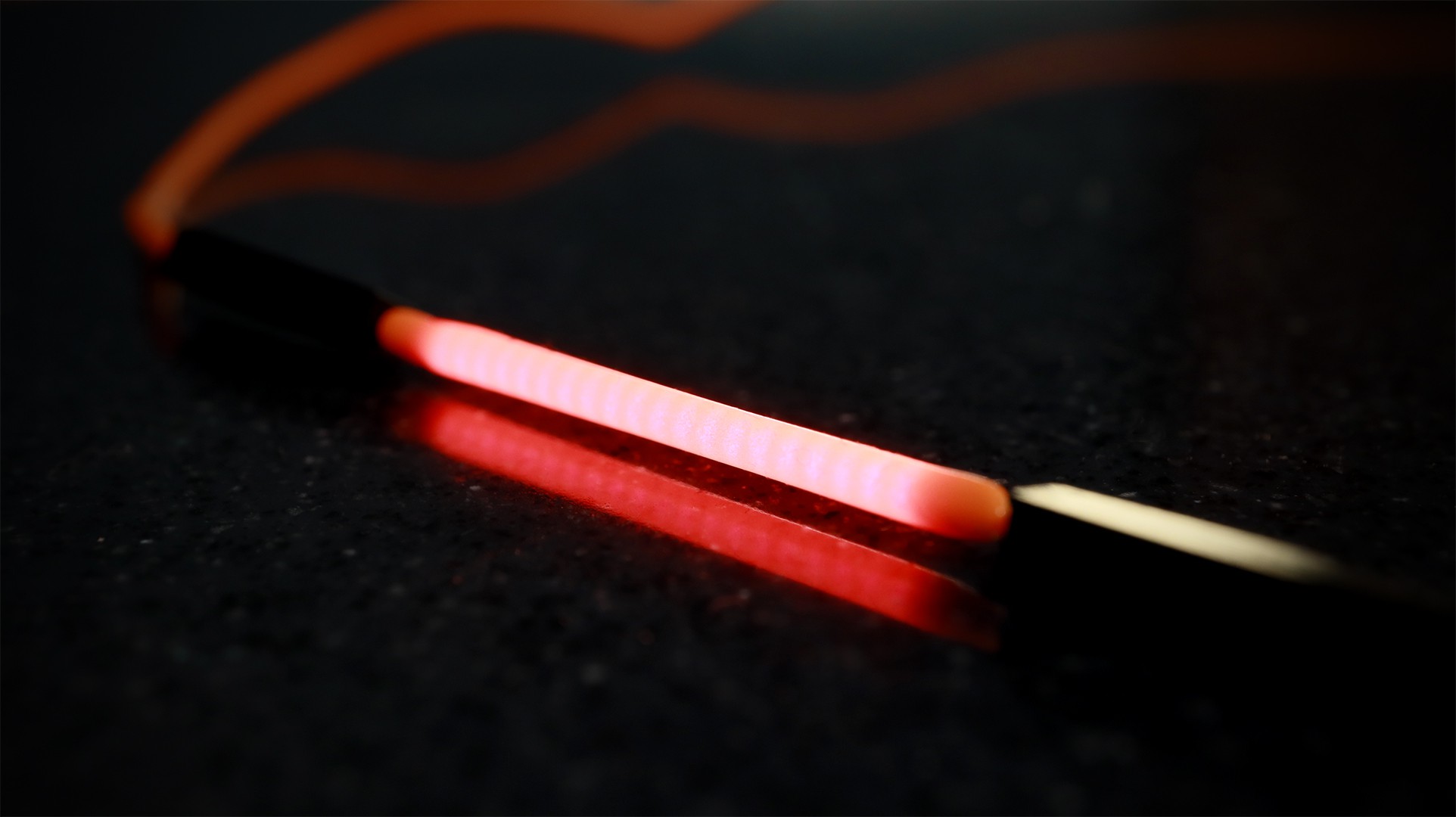
It's amazing what you can find on Aliexpress. After some searching and keyword manipulation, I was able to find a source for led filaments at a reasonable price. I chose the 12v 38mm version for their ease to drive compared to the other voltages and how readily you can find 12v power supplies too. The filaments I chose also come in a surprising variety of colours. There's red, green, blue, cool white and warm white. I chose red because it's a nice mix of the minitron look and a modern seven segment. I may purchase some green LEDs in the future to see if I can make a VFD aesthetic 16 segment, but that's for another project!
When the filaments arrived, I could make my PCBs, which went amazingly quick because of the simplicity. All I needed to do was make a footprint for my LEDs and methodically go back to the renders and CAD I did to place everything correctly. Since I like to add details to my silk screen too, I added an imaginary product number using the amazing Garoa Hacker Clube Bold and a logo using Densmore, as well as curved traces that'd look beautiful with something like OSH Parks after dark service.
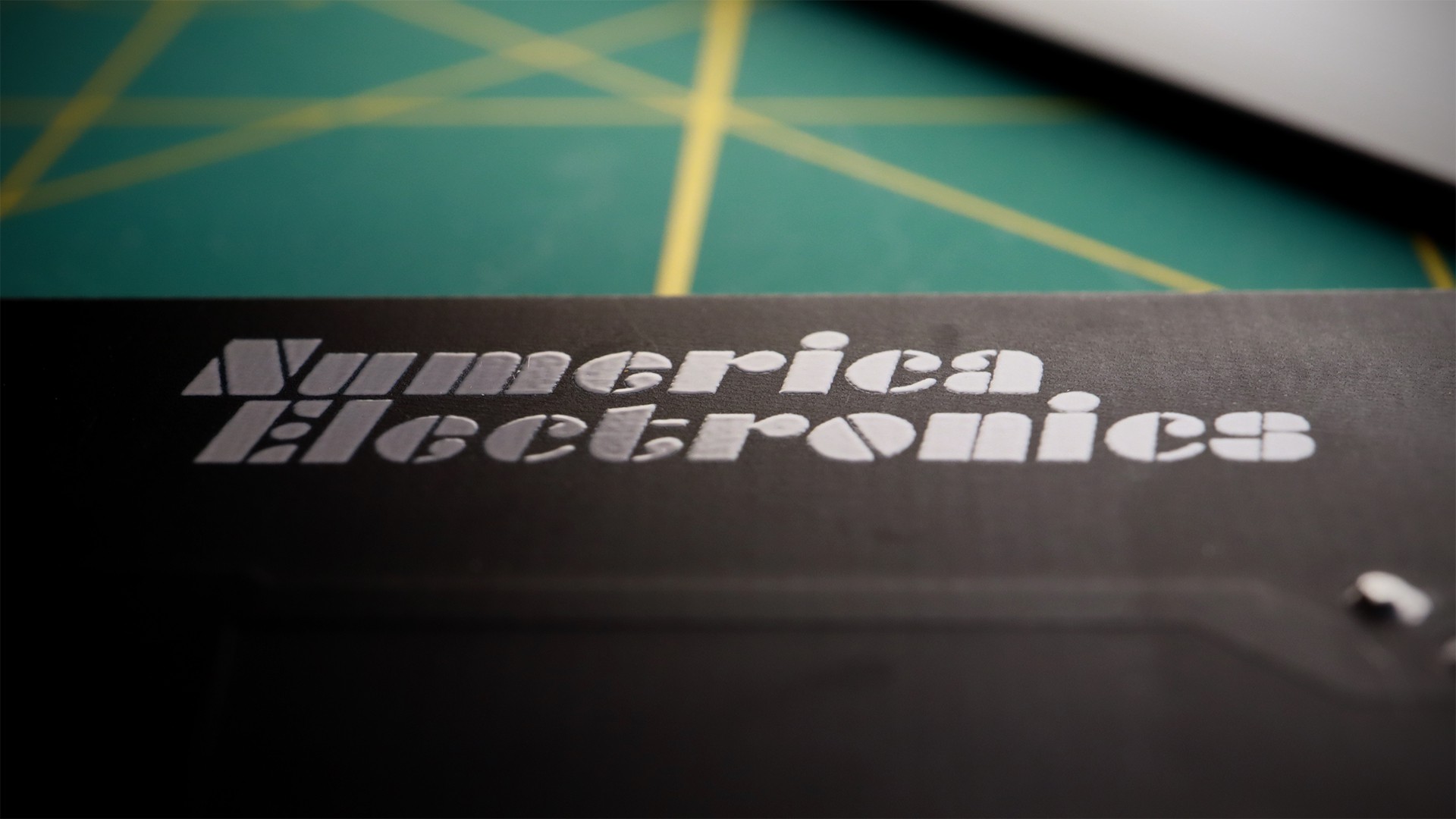
After a quick turn around of only a week, I had my boards in hand. Assembly for four digits went quickly, but I also had to be careful while I was doing so. The leds for the filaments are placed on a ceramic backer and coated in silicone, making them incredibly delicate. I'd strongly recommend using a PCB vice or even just a soft piece of upholstery foam when soldering on the back side
Using a driver board based on another person's design, I was able to test my PCBs and see how things looked. The aesthetic with out a case is amazing, but because of their fragility, it's best that I make a case for them. It'd help with visibility and contrast for the digits too, since I don't always live in dramatic two tone lighting!
Everybody loves nixies, they have a retro-futuristic look to them despite being used more than 60 years ago, and the soft warm glow and 3d view they have as they shift from digit to digit is uniquely theirs. Nixies are absolutely a dated technology though, and come with all the struggles of old hardware sometimes; they can be hard to power with high voltages, they're sometimes delicate, and most importantly, they're hard to source too.
I wanted to build a clock using them for the longest time, but I'm still just a beginner, so using 170v is very daunting to me until I learn more proper PCB routing and how to protect and isolate the lower voltage components that control them.
There does exist an alternative, and it's almost a cousin to the nixie tube, the numitron and minitron. Numitrons more closely resemble a nixie, but use a seven segment digit to display numbers instead of several plates. While they still need a lot of voltage, minitrons can actually run at a much more reasonable 5v and in a smaller square package. Still, they have some of the issues older hardware always does. They're hard to find, and with age the small package tends to lose that crucial vacuum that it needs to run.
Thankfully, in the modern age, there exists some alternatives and recreations of incandescent filament. A lot of us have likely seen it too in those en vouge Edison bulbs. They're made of led dies put directly on to a ceramic backer, then covered in silicone. Depending on how the LEDs are configured in parallel and/or series, they can easily be run with 3v, 12v or even 24v.
That brings me to my idea, what if I used led filaments to recreate the look of a numitron as close as I could? They'd be a lot more durable and safer to drive considering the voltages you can drive them at. With a quick draft in CAD, it honestly looks promising!
Create an account to leave a comment. Already have an account? Log In.
Dude, super super cool project, good job. I love any project that recreates retro displays with modern materials. After you’ve perfected the 7-segment display, take it to the next level and make some pseudo-nixie tubes using LED filaments :-)
I love the idea, but didn't find any more detail in the project log?
Do you mention the voltage your LED strips work at, and whether they're bidirectional or not?
I presume the LEDs are from a dead bulb, typically 4 strings per bulb - each is what 20V, 50mA bidirectional, or what did you find?
Great re-use of the 75% not-broken LED's.
You can buy them in various lengths, voltages and colours, no need to take apart old bulbs. Just do a search on AliExpress.
Did you see: https://hackaday.com/2018/08/01/old-led-light-bulbs-give-up-filaments-for-spider-web-clock/
The DS8880 driver chip is useful for driving them, it has sufficient voltage capacity to light the LEDs and a built-in 7-segment decoder.
That has a super-pleasing retro look to it like incandescent bulb displays. Is the picture of the display on the anti-static mat the prototype or a render? (If it's a render, kudos for the flux marks on the soldered headers ;-D )
Thank you so much! It's actually a real life photo, but I've played with the contrast and saturation a lot since I was trying to capture how much the filaments fluoresce under blue light.
Become a member to follow this project and never miss any updates

 Arya
Arya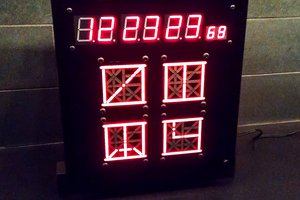
 RIUM+ (Mike Ando)
RIUM+ (Mike Ando)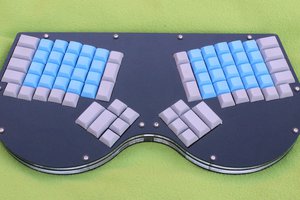
 David McEwan
David McEwan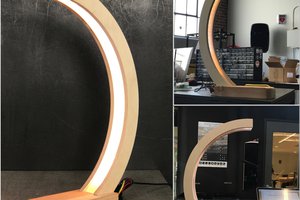
 todbot
todbot
Brilliant! I'd say I wish I thought of it first, but I would never have been the love into it that you have. Thanks for the inspiration.